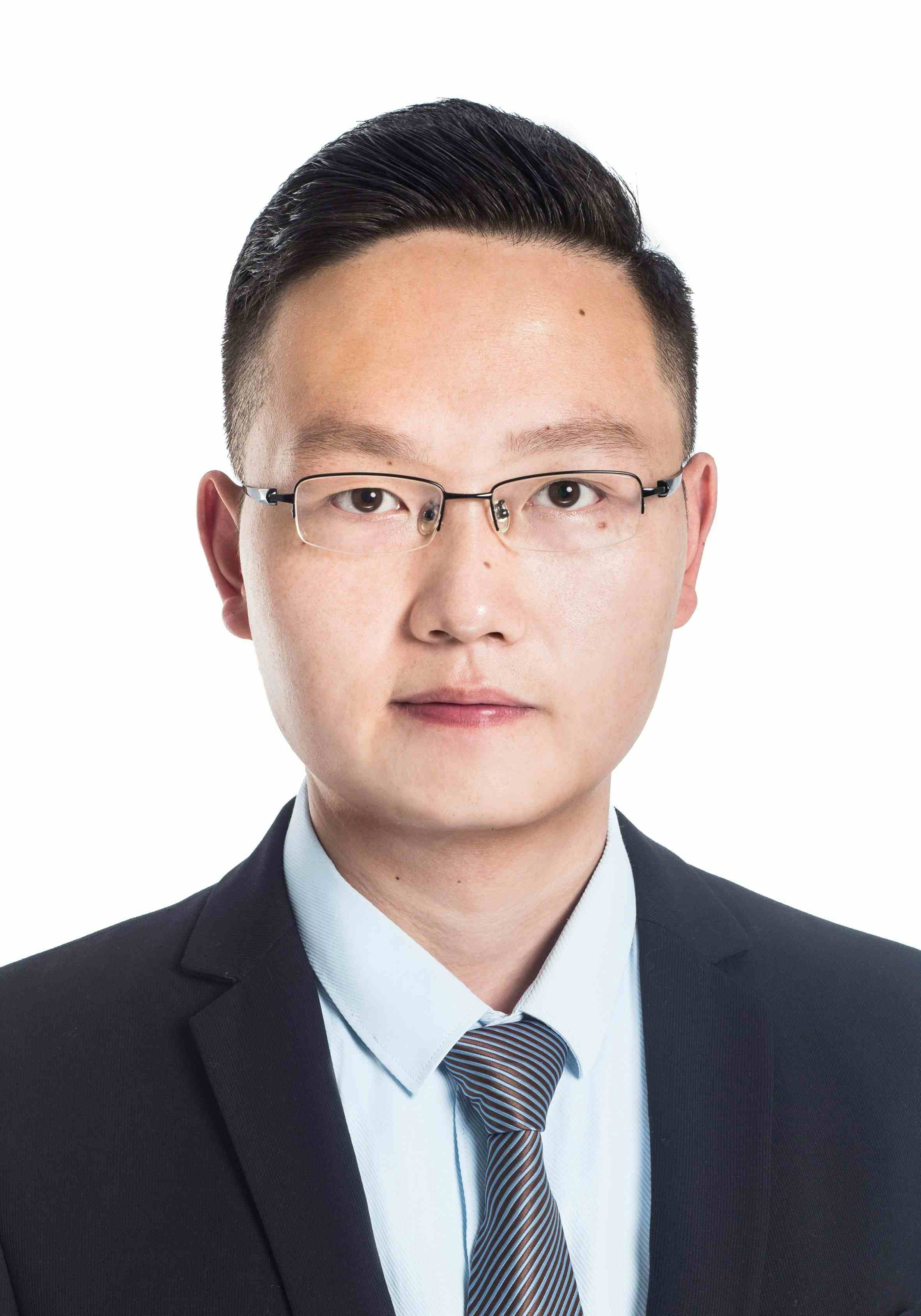N-Glycan Analysis of Biotherapeutics: Does N-Glycan Sample Prep Matter?
Webinar Date/Time: Thu, May 18, 2023 11:00 AM EDT
Compare and contrast the reproducibility, throughput, and ease of use of leading N-glycan sample preparation kits. Fluorescence signal and MS ionization efficiency of released and labeled N-glycans from the same amount of glycoprotein will be highlighted, to aid researchers in advancing their biotherapeutics and drug development process.

Register Free: https://www.chromatographyonline.com/lcgc_w/n-glycan-analysis
Event Overview:
Glycosylation can be a critical quality attribute (CQA) or product quality attribute (PQA) of biotherapeutic proteins, as the structure of N-linked glycans can influence protein function. Analysis of released N-glycans labeled with a dye that facilitates hydrophilic interaction liquid chromatography (HILIC) with detection by fluorescence (FLD) and/or mass spectrometry (MS) is a commonly used approach. The sample preparation step of this workflow determines data quality, consistency, and ease of use.
This webinar will:
- Present Agilent N-glycan sample preparation and HILIC/FLD/MS analysis workflows
- Discuss a side-by-side comparison of Agilent’s Gly-X InstantPC sample preparation option for this workflow with another option on the market (Waters RapiFluorMS), covering FLD and MS signal, reproducibility, and ease of use
- Show data on the preparation and analysis of released N-glycans from different biotherapeutic glycoproteins, such as rituximab (monoclonal antibody), etanercept and abatacept (Fc fusion proteins), as well as a control protein (NISTmAb).
Key Learning Objectives:
- Factors that influence selection of a sample preparation workflows for N-glycans on biotherapeutics
- HILIC LC/FLD/MS approaches for N-glycan analysis, including examples from biotherapeutics and control proteins
Featured Speaker:
Dr. Aled Jones
Marketing Manager,
Bioconsumables
Agilent Technologies
Aled Jones is the marketing manager for bioconsumables at Agilent, covering a portfolio that includes glycan sample preparation and standards. He received his BSc and PhD degrees in biochemistry from Cardiff University.
Register Free: https://www.chromatographyonline.com/lcgc_w/n-glycan-analysis
Accelerating Monoclonal Antibody Quality Control: The Role of LC–MS in Upstream Bioprocessing
This study highlights the promising potential of LC–MS as a powerful tool for mAb quality control within the context of upstream processing.

.png&w=3840&q=75)

.png&w=3840&q=75)



.png&w=3840&q=75)



.png&w=3840&q=75)




